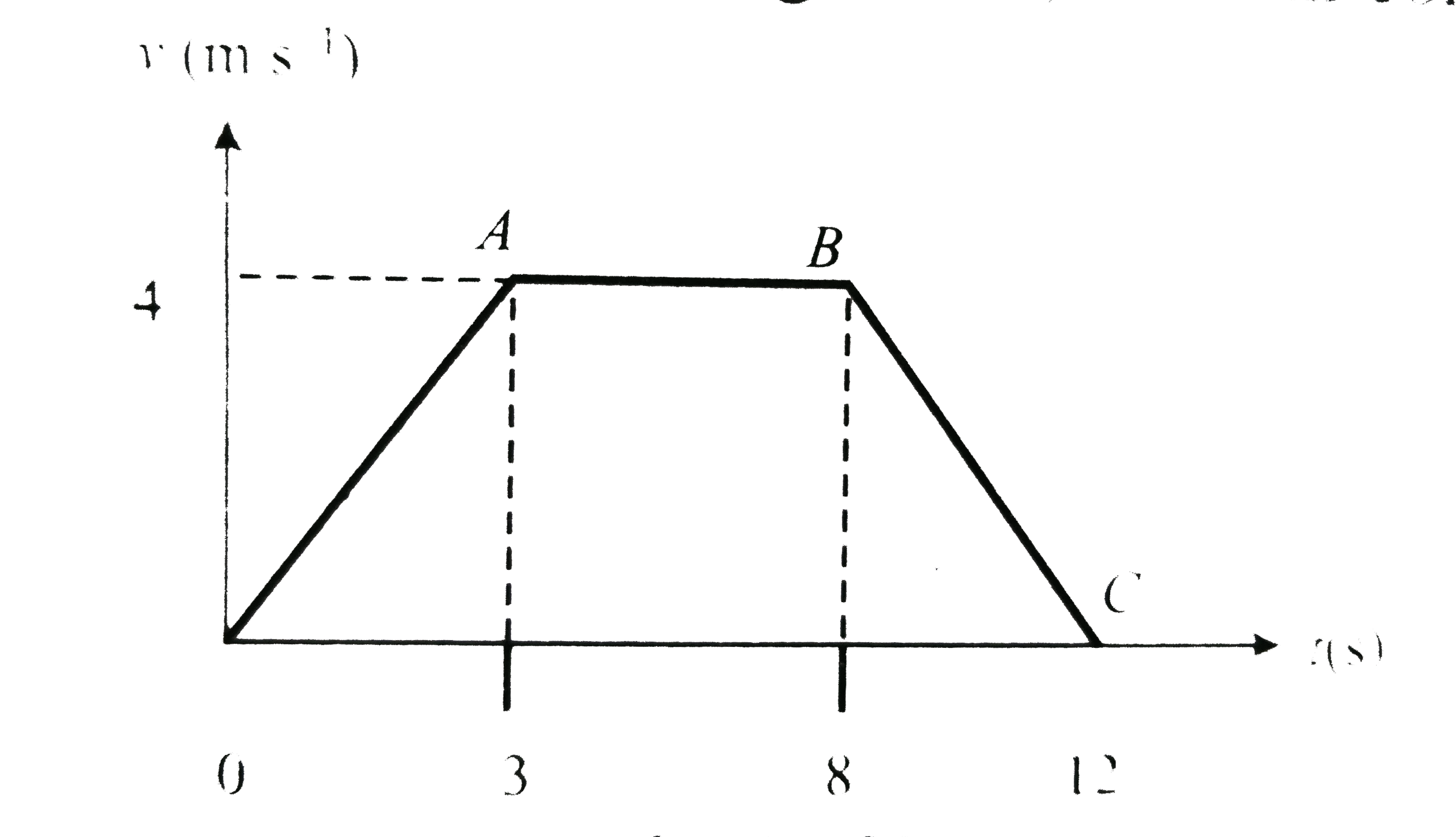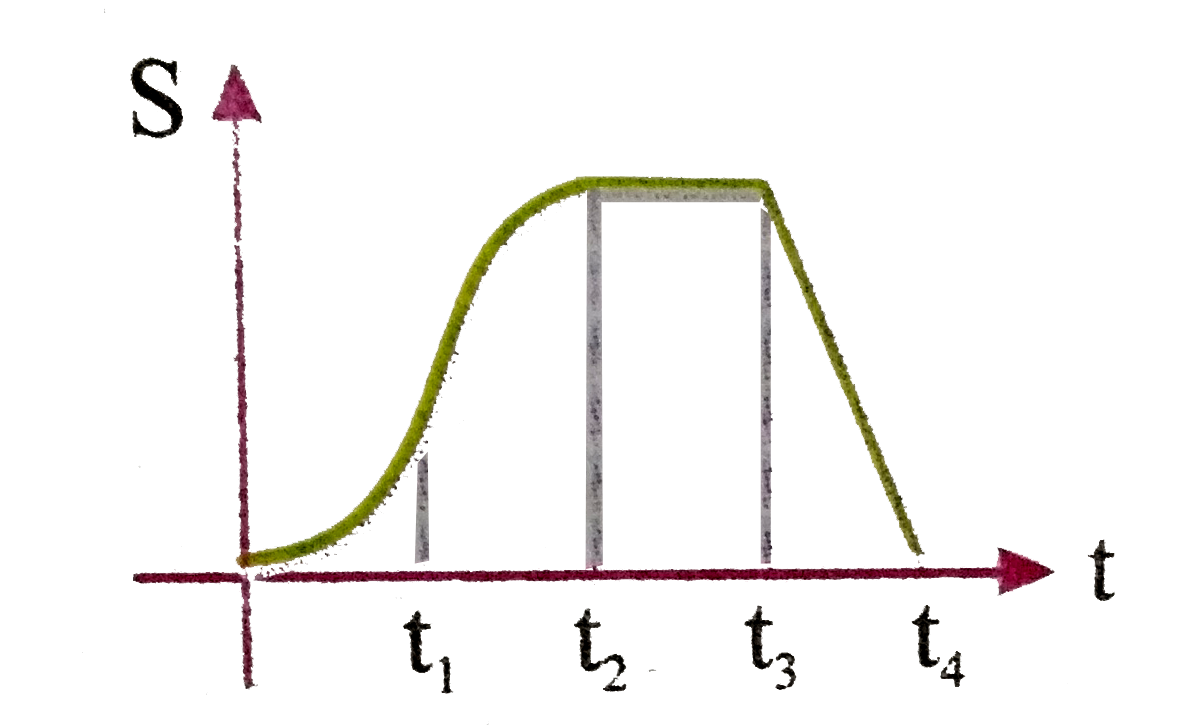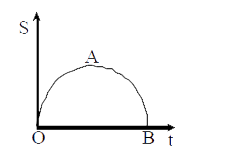A particle stays at rest as seen in a frame. We can conclude that
A
the frame is inertial
B
resultant force on the particle is zero
C
the frame may be inertical but resultant force on the particle is zero
D
the frame may be non-inertial but there is a non zero resultant force
Video Solution
Text Solution
The correct Answer is:c,d
particle will be seen at rest only when frame is inertial and resultant force on particle is zero Also if frame is non inertial (accelerated) the particle must also possess the same acc in magnitude and direcction resultant force on the particle must be non zero .
|
Topper's Solved these Questions
- LAWS OF MOTIONBOOK - PRADEEPCHAPTER - LAWS OF MOTIONEXERCISE - Integer Type Questions
7 Videos
- LAWS OF MOTIONBOOK - PRADEEPCHAPTER - LAWS OF MOTIONEXERCISE - Assertion- Reason Type Questions
17 Videos
- LAWS OF MOTIONBOOK - PRADEEPCHAPTER - LAWS OF MOTIONEXERCISE - Problems for practice
112 Videos
- KINEMATICSBOOK - PRADEEPCHAPTER - KINEMATICSEXERCISE - 1 NCERT Comprehension
4 Videos
- MATHEMATICAL TOOLSBOOK - PRADEEPCHAPTER - MATHEMATICAL TOOLSEXERCISE - Fill in the blanks
5 Videos
Similar Questions
Knowledge Check
A particle stays at rest as seen in a frame. We can concude that :
AResultant force on the particle is zeroBThe frame may be inertial but the resultant force on the particle is zeroCThe frame is inertialDThe frame may be non-inertial but there is a non-zero resultant forceA particle stays at rest as seen in frame. Then which of the following statement is/are TRUE ?
AThe frame is inertialBResultant force on the particle is zeroCIf the frame is inertial then net force on the particle is zeroDIf the frame is noninertial then net force on the particle is nonzero.Statement I: A particle is found to be a rest when seen from a frame S1 and moving with a constant velocity when seen from another frame S2. We can say both the frames are inertial.
Statement II: All frames moving uniformly with respect to an inertial frame are themselves inertial.AStatement I is true, statement II is true, Statement II is the correct explanation for statement I.BStatemet I is true, Statement II is true , Statement II is NOT the correct explanation for Statement ICStatement I is True, Statement II is False.DStatement I is False, Statement II is true
From athe velocity time graph, given in of a particle moving in a straight line, one can conclude that
 .
.
View Solution
Regarding the nature of the charge, we can conclude that :
View SolutionDisplacement time graph of a particle moving in a straight line is as shown in figure.
From the graph we can conclude that work done on the block is :
 .
.
View SolutionTwo boys have an IQ of 120. It can be concluded that
View SolutionThe graph of displacementtime for a body travelling in a straight line is given. We can conclude that -

View Solution
